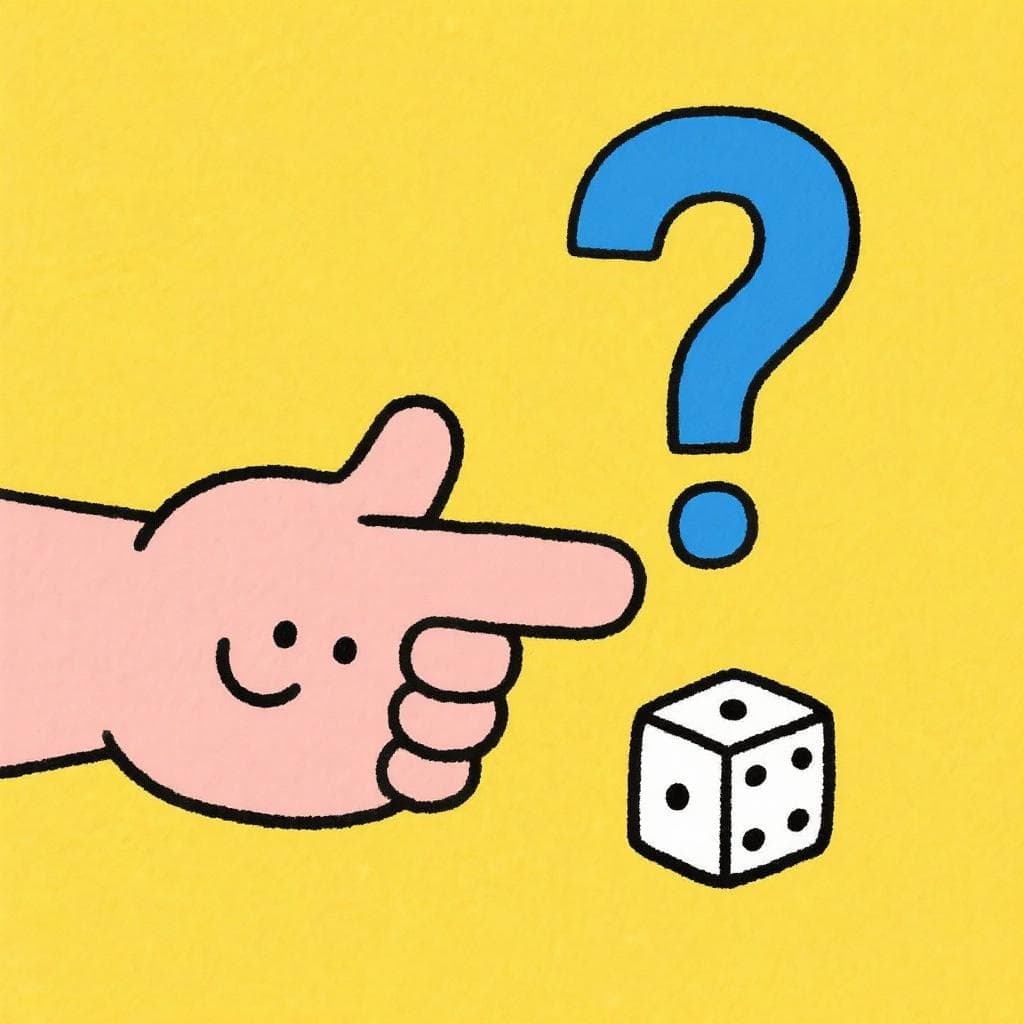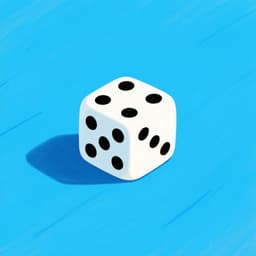Dedo, dado, dudo, deda, dido.
DE-do, DA-do, DU-do, DE-da, DI-do
Finger, die (dice), I doubt, deda (nonsense word), dido (nonsense word).
🔊 Listen & Practice
Start with slow speed to master pronunciation, then gradually increase to challenge yourself.
🎨 Visualization

Finger, die, I doubt... A perfect workout for your hard and soft 'd' sounds!
🎯 Pronunciation Focus
The 'Soft' D Sound (between vowels)
/ð/This is the most important sound here. When 'd' is between two vowels (like in 'de-do' or 'da-do'), it becomes very soft. It's almost identical to the 'th' sound in the English words 'they' or 'father'. Let your tongue gently touch your top teeth and let the air flow.
The 'Hard' D Sound (at the start)
/d/When a 'd' starts a word (like 'Dedo', 'dado', 'dudo'), it sounds just like the 'd' in the English word 'dog'. Your tongue firmly stops the air behind your top teeth and then releases.
📝 Practice Breakdown
Focus on the pattern: HARD-soft, HARD-soft. Say 'DE-tho', 'DA-tho'. Feel how the first 'd' stops the air, and the second one lets it flow.
This word only has the hard 'd' sound at the beginning. Say it with a clear, firm 'd', just like in English.
These are nonsense words to finish the drill. Apply the same pattern: HARD-soft. 'DE-tha', 'DI-tho'. This builds the muscle memory.
Key Words in This Tongue Twister:
📚 Background
This isn't a traditional story-based tongue twister, but rather a fundamental pronunciation drill used by Spanish teachers everywhere. Its sole purpose is to train your mouth to automatically switch between the 'hard' and 'soft' Spanish 'd' sounds, a crucial skill for sounding natural.
❌ Common Pitfalls
Using the English 'd' for Everything
Mistake: "Pronouncing the 'd' in the middle of 'dedo' and 'dado' with a hard stop, like the 'd' in the English word 'ladder'."
Correction: Remember, when a 'd' is between two vowels in Spanish, it softens completely. Think of it as the 'th' sound in 'the' or 'bother'. Your tongue should lightly graze your teeth, not stop the air.
Not Differentiating the Two Sounds
Mistake: "Making all the 'd' sounds either hard or soft, instead of switching between them."
Correction: The trick is the contrast. The first 'd' of each word is strong and clear (like 'dog'). The second is soft and flowing (like 'they'). Practice saying 'D-d-d' (hard) and then 'th-th-th' (soft) to feel the difference.
🌎 Where It's Used
General Spanish
This is a universal pronunciation exercise used across the entire Spanish-speaking world to teach the two sounds of the letter 'd'.
🔗 Related Tongue Twisters
The D-Sound Accuracy Challenge
Say the sequence five times in a row. The goal isn't speed, but getting the hard/soft 'd' pattern perfect every time. Record yourself and listen back: can you clearly hear the two different sounds?
🏷️ Tags
Frequently Asked Questions
Are 'deda' and 'dido' real Spanish words?
No, they are nonsense words created just for this exercise. They complete the vowel pattern (a, e, i, o, u — with 'dudo' covering 'u') to give you more practice with the hard-d/soft-d combination.
Why does Spanish have two different 'd' sounds?
It's a natural feature that helps the language flow more smoothly. Many Spanish consonants, including 'b' and 'g', also soften when they appear between vowels. Mastering this will make your accent sound much more authentic and fluid.

